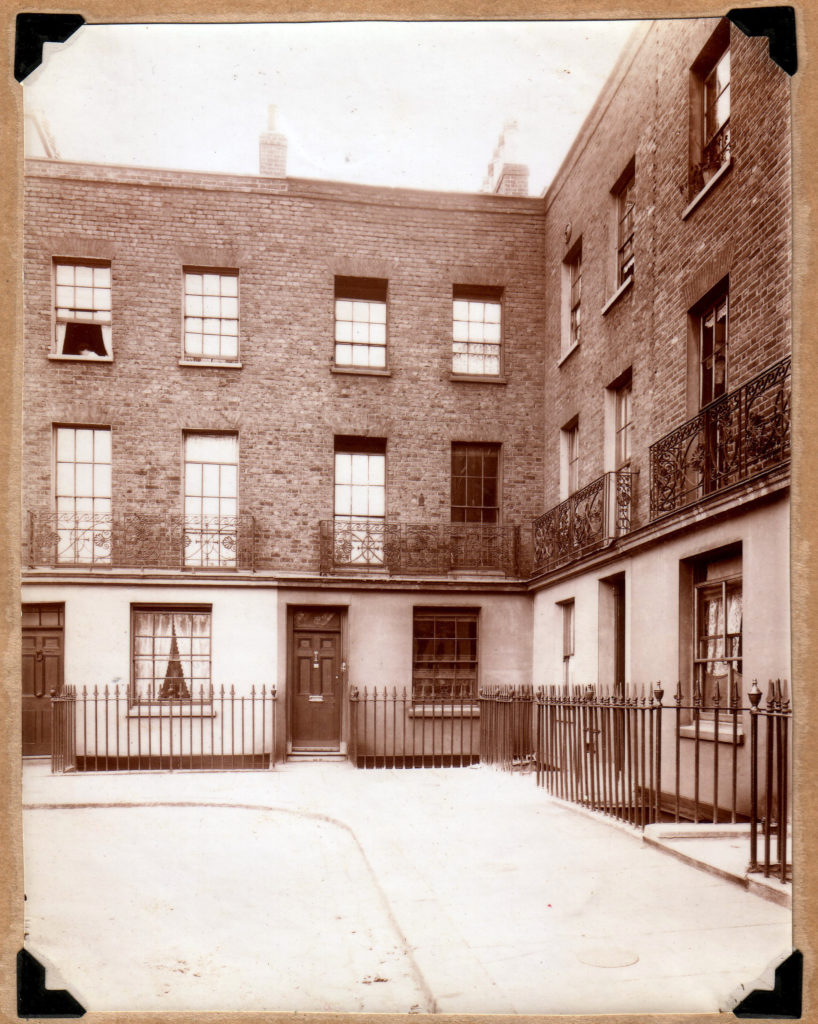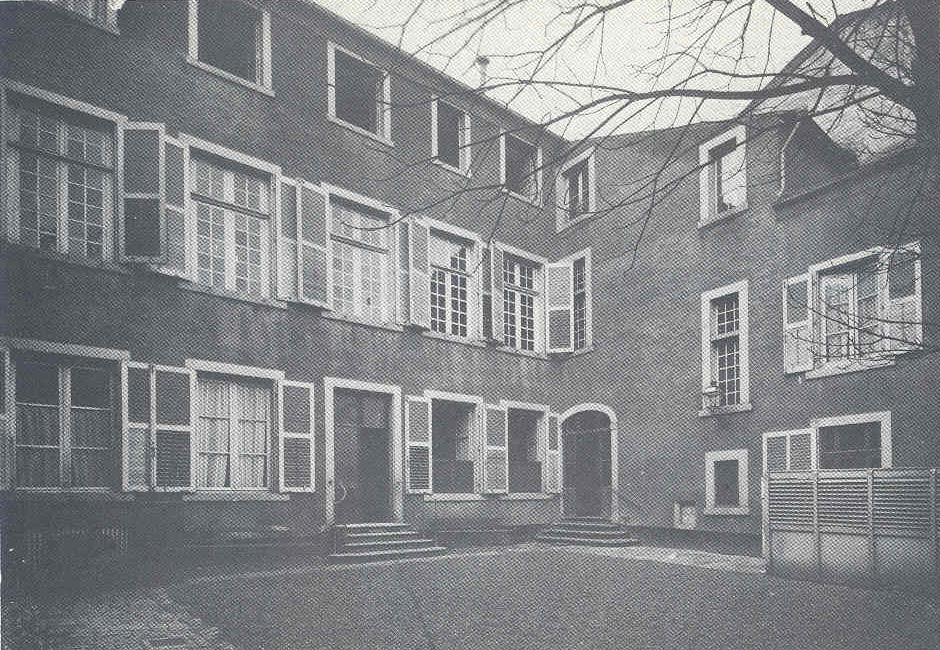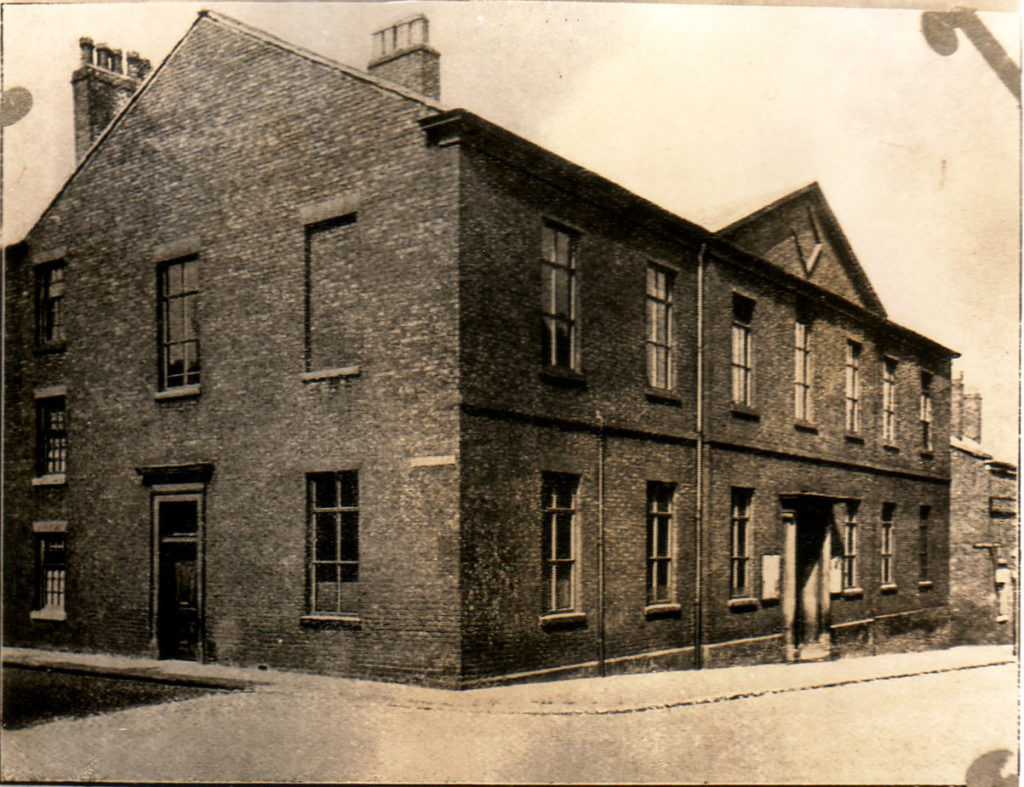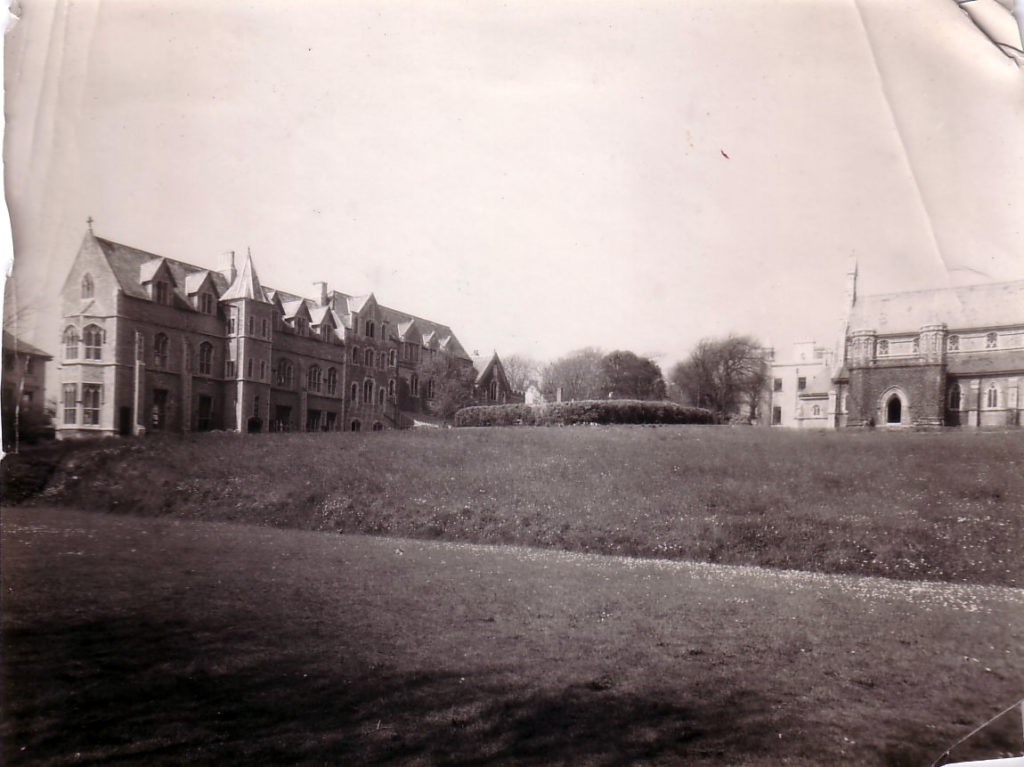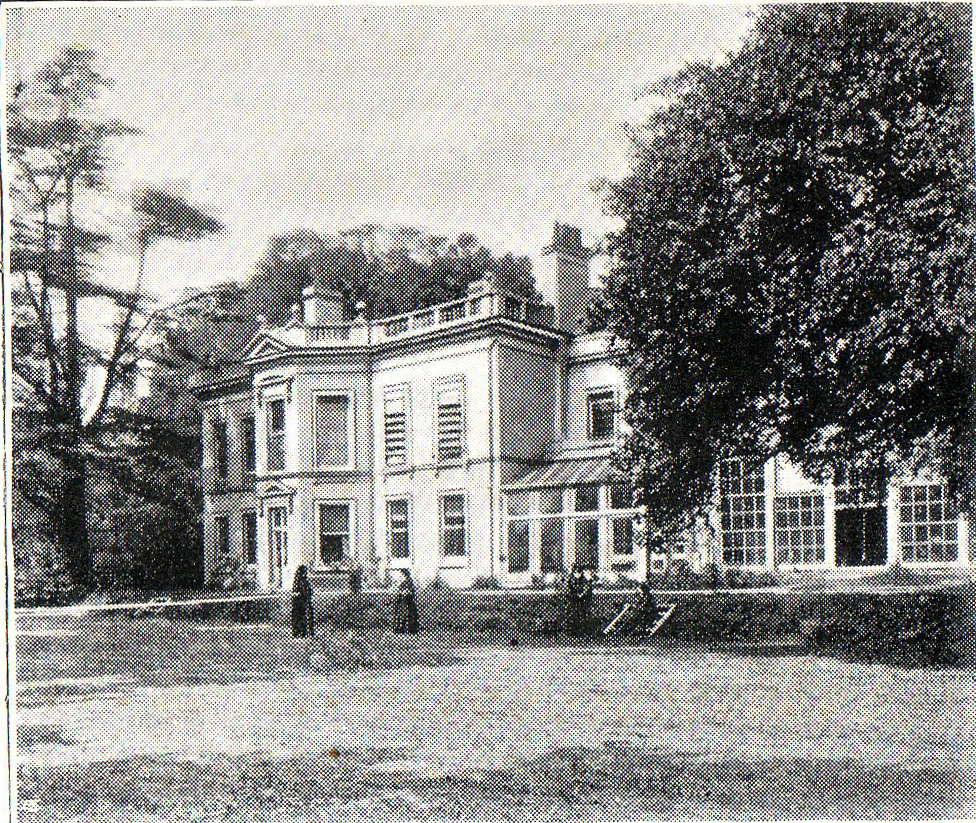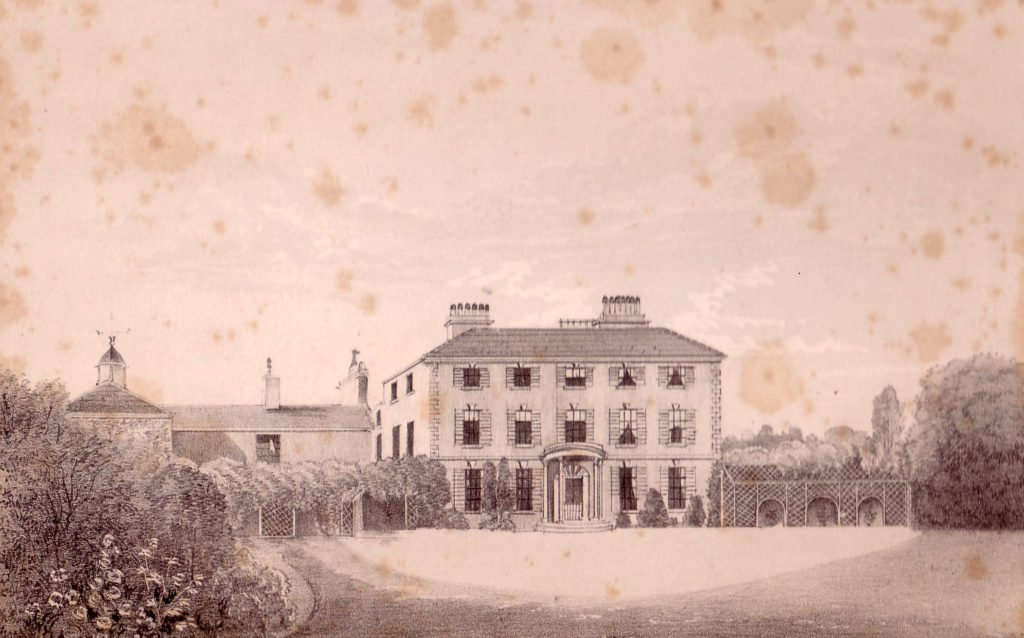Cornelia initially intended to return to North America to found a religious order, but her intentions were cut short by the desires of the Pope Gregory XVI and the influence of Dr. Nicholas Wiseman, coadjutor bishop of the Midlands District (England) since 1840. There was a need for Catholic schools and education with the influx of converts to the Church. Wiseman desired a “non-cloistered religious trained in the spirit of which St. Ignatius is the master who, while deeply religious, would know the world and the needs of the world.”
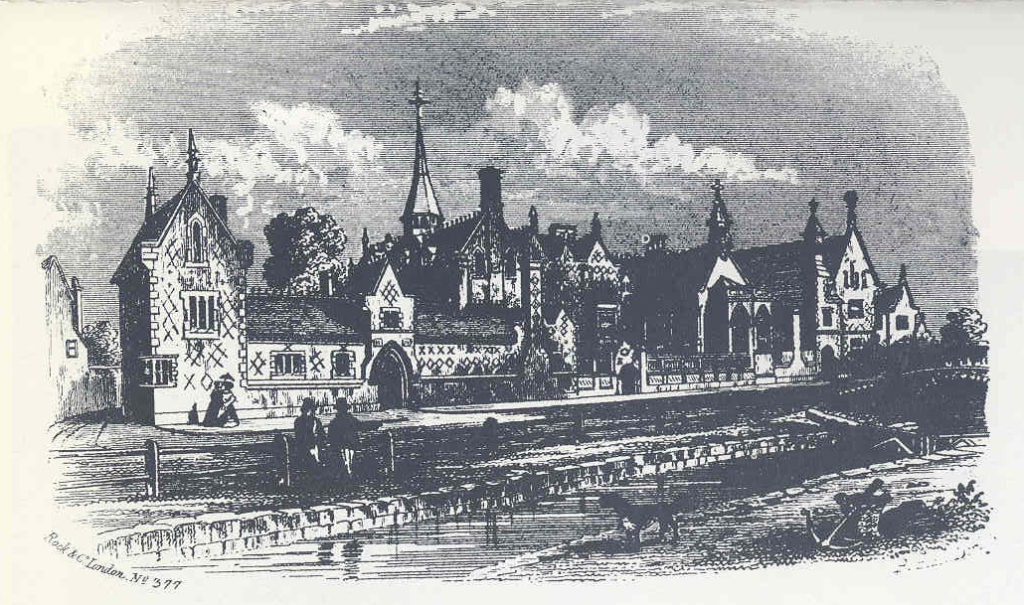
In August 1846 Cornelia would travel to England upon Bishop Wiseman’s call and remain there until her death, with the exception of trips and time spent in the U.S., France, and Italy. On October 13 of that year, Cornelia and three companions who would help begin the order set up in the Derby convent and the Society of the Holy Child Jesus was founded. When Cornelia and her companions arrived in Derby they met with a world in the wake of England’s industrial revolution. The Great Potato Famine brought droves of suffering and starving Irish to industrial English land looking for work and opportunities. A decision was made that Adeline and Frank would have to be separated from their mother in the hope that the Connellys’ unconventional family dynamic would not cause scandal near the new foundation and in a society that was already critical of Catholicism. Cornelia’s work continued and her hopes for innumerable conversions pressed her further. By 1850, the Society moved and began a foundation in St. Leonards-on-Sea. By this time there were 18 members. The first years in St. Leonards were filled with serious difficulties related to the property and the local parish community. The passing of Mr. Jones, the property’s owner, and his missing will were a huge issue. The sisters had to ask themselves a number of questions. Would they be able to stay? Would Bishop Wiseman take it from them? Who even actually owned it? Besides all of these questions, the parish, their priest, Mr. Foy, and the local doctor, Dr. Duke were critical of Cornelia and wanted her out. Even when they were able to found a teacher training college, all of the issues surrounding the property required its closure. In the end, St. Leonards-on-Sea was a very significant place for Cornelia. She lived there the longest and it was there that she died. She called it the dearest of all places on earth many times.
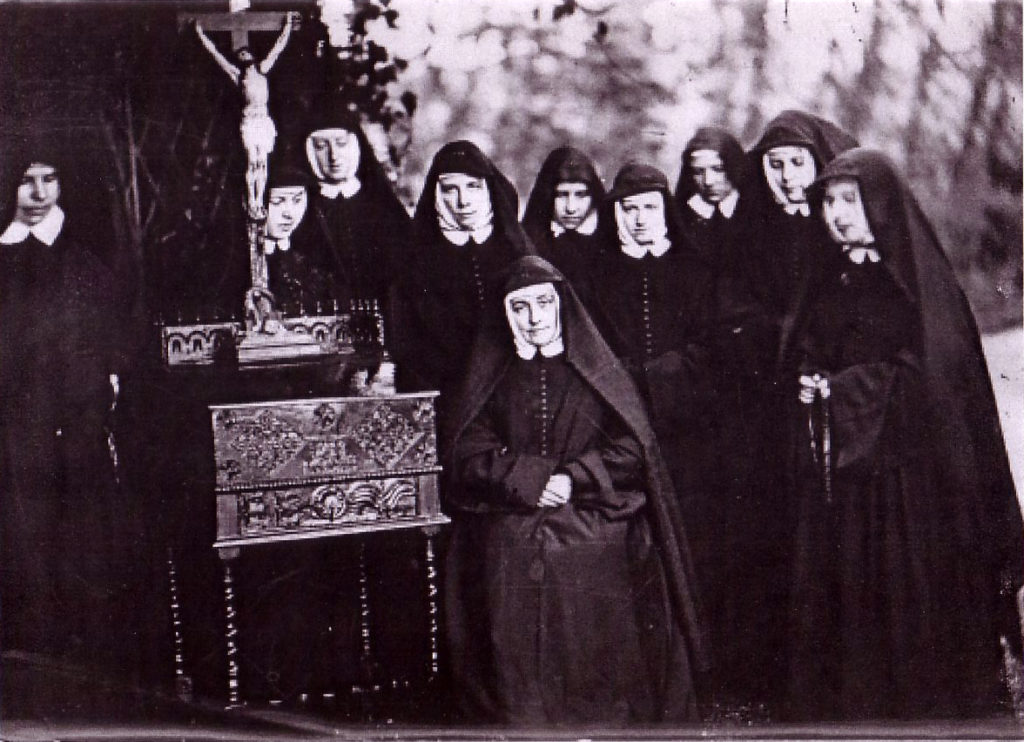
Cornelia’s family relationships were very significant while she was busy founding the Society. Although all of this rumbled under the surface in her private life, her love and care for her family remained unwavering. After she was made to send away Frank and Adeline, Pierce and her were unable to retain the relationship they had kept in Rome, as a result Pierce began to distance himself from the Catholic Church and brought a case upon her in English courts for the restitution of conjugal rights. He went on to kidnap the children, and poised them against their mother creating a rift that would last until her death. Cornelia had to suffer the pain of losing her first born son, Mercer, when he died in 1853 from the yellow fever in New Orleans, Louisiana. There were many years of expansion for the Society and Cornelia from its founding in 1846 until her death in 1879. Cornelia and the sisters traveled to set up convents and schools in a number of locations: London, Preston, Liverpool, Blackpool, Ore, Mayfield, the United States and France. They acquired and restored Mayfield, and managed to fulfill Cornelia’s desire of a foundation in her own dear country, the United States even though they had difficulties with American bishops and property related challenges.
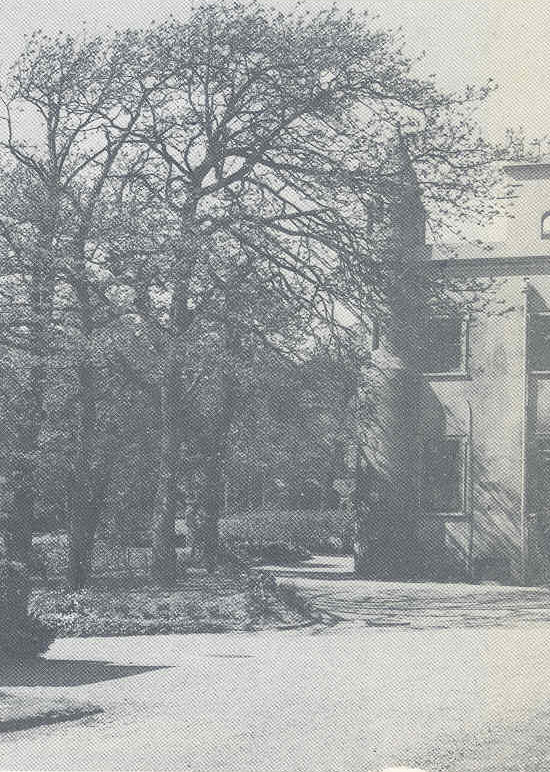
During all of this work on expansion Cornelia continued working on, modifying, and adapting the Rule. She had many difficulties related to this, partly because she was unaware that Rome had decided to not ratify it until both she and Pierce were passed. There was the Cabal and the refusal by the Society members to sign something they did not all agree with, Cornelia experienced a personal betrayal and she would experience this further with the loss of significant early members, most notably Emily Bowles and Lucy Woolley. On 20 January, 1878 Cornelia was pronounced in danger of death and received the Last Sacraments. She was ill for more than a year before she died on 18 April, 1879 at St Leonards, leaving a religious congregation which nearly 150 years after her death would be continuing Christ’s mission on the continents of Europe, Africa, North and South America.
Click here to download a timeline of the founding of the Society in England juxtaposed with then-current events.
Click here to download a detailed timeline of Cornelia in England from the founding of the Society until the end of her life.

Take the Mayfield Chapel Virtual Tour!
The 2016 General Chapter called on the Society to develop a deeper understanding of our Cornelian heritage. As part of that, we developed a virtual tour of Mayfield Chapel. We hope this virtual tour allows Mayfield to be a place of pilgrimage for people around the world. Click here to take the tour.

